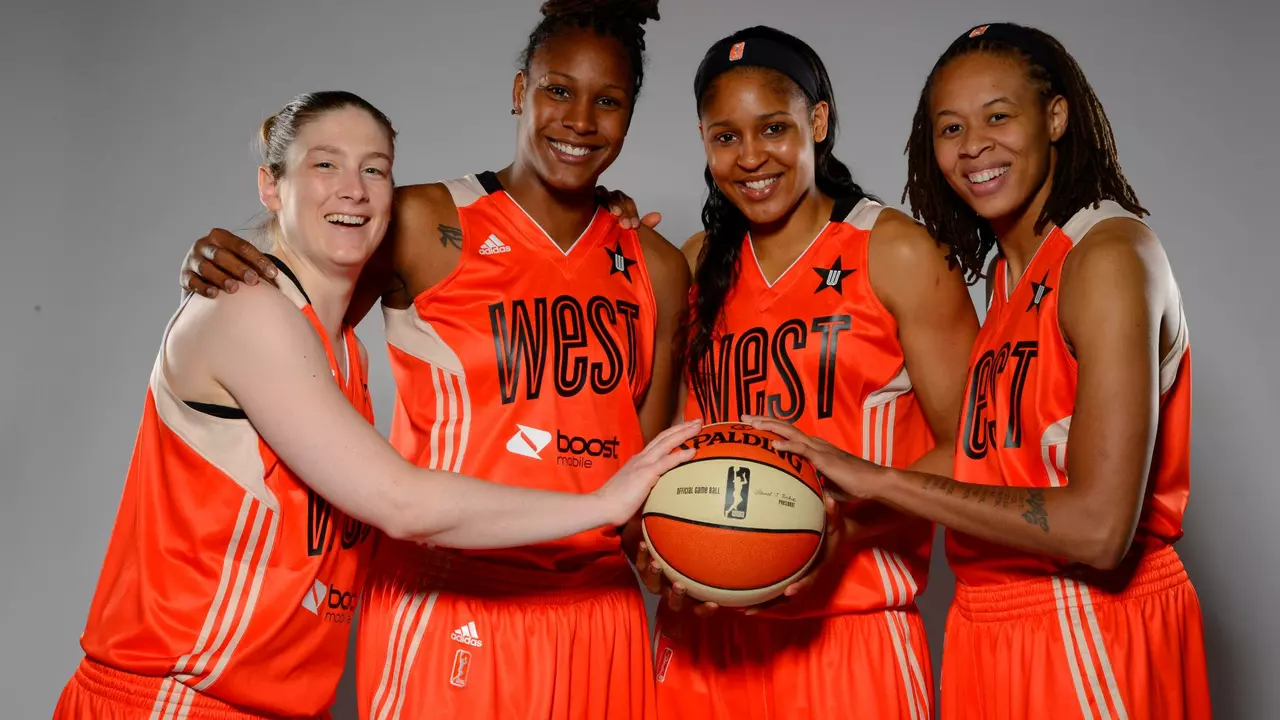Women in Basketball – Why the Game Is Growing Fast
If you think basketball is only about the NBA, think again. In the past decade the women's side of the sport has exploded, drawing bigger crowds, higher TV ratings, and more sponsorship dollars. Fans love the fast‑paced play, the skill showcase, and the stories of athletes fighting for respect both on and off the court.
From high school gyms to packed arenas, women are proving they can entertain just as much as any male league. And it's not just about the big names; every local program contributes to a pipeline that fuels the professional ranks.
The Evolution of the WNBA
The Women's National Basketball Association launched in 1997 with just eight teams. Fast forward to today, and the league boasts twelve franchises, a solid fan base, and a growing international presence. Early seasons struggled with low attendance, but strategic marketing, community outreach, and star power turned the tide.
Players like Sue Bird, Diana Taurasi, and A’ja Wilson have become household names, drawing attention to the league's high‑level competition. Recent moves such as the introduction of a play‑in tournament and better revenue sharing have made the WNBA more financially stable, encouraging younger athletes to see it as a viable career.
Key Challenges and Opportunities
Despite progress, women in basketball still face hurdles. Salary gaps remain huge—many athletes still supplement income by playing overseas during the off‑season. That’s why stories about WNBA players heading abroad for better pay keep popping up, highlighting the financial reality for most players.
Another challenge is media coverage. While major games now get national spots, regular‑season matchups still struggle for airtime. However, streaming services and social platforms are giving players direct channels to fans, which helps fill that void.
Opportunity knocks in the form of grassroots programs. Schools and community centers are investing more in girls’ basketball, offering scholarships and better facilities. This boost at the youth level translates to a deeper talent pool for college and pro teams.
Fans also play a big role. When you buy tickets, wear team gear, or simply cheer on a local high‑school game, you add to the momentum. Crowd energy lifts players, and bigger crowds attract sponsors—creating a virtuous cycle.
In short, women in basketball are on an upward trajectory. The WNBA’s growth, increased youth participation, and smarter media strategies are reshaping the landscape. The next few years could see parity in pay, better global viewership, and even more exciting on‑court action.
So whether you’re a casual fan or a die‑hard supporter, now’s the perfect time to get involved. Catch a game, follow a player on social media, or join a local league. The women’s game is heating up, and you don’t want to miss the ride.
Could the best WNBA player make the team of an NBA team?

In my opinion, it's an interesting thought whether the best WNBA player could make the team of an NBA team. Many argue that the physical differences create a significant gap, but others point out that skills such as shooting, passing, and basketball IQ are equally important. The debate also hinges on the evolving nature of both games, with some believing that the NBA is becoming more skill-based, potentially opening doors for the best WNBA players. However, it's a tough call given the different dynamics and standards of the two leagues. Nevertheless, it's a fascinating topic that sparks much discussion among basketball enthusiasts.
- July 19 2023
- Maverick Sterling
- 0 Comments